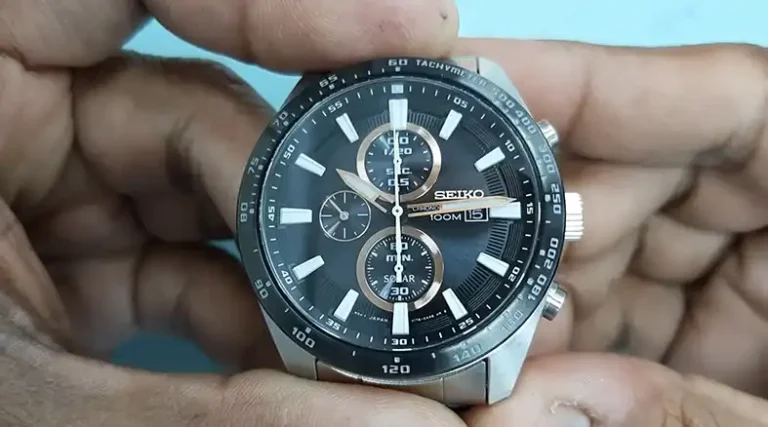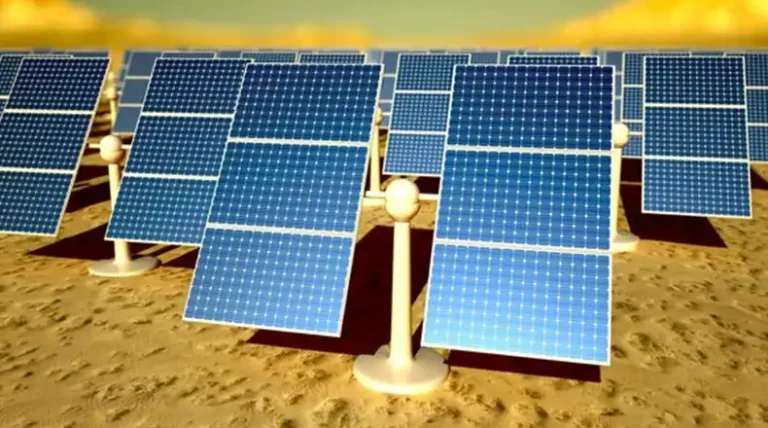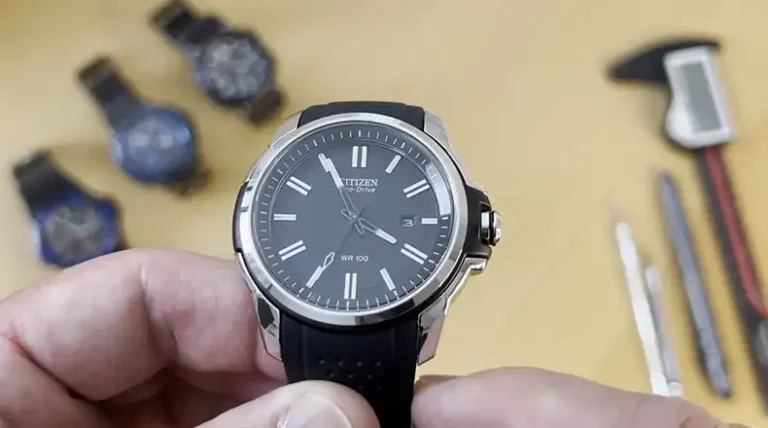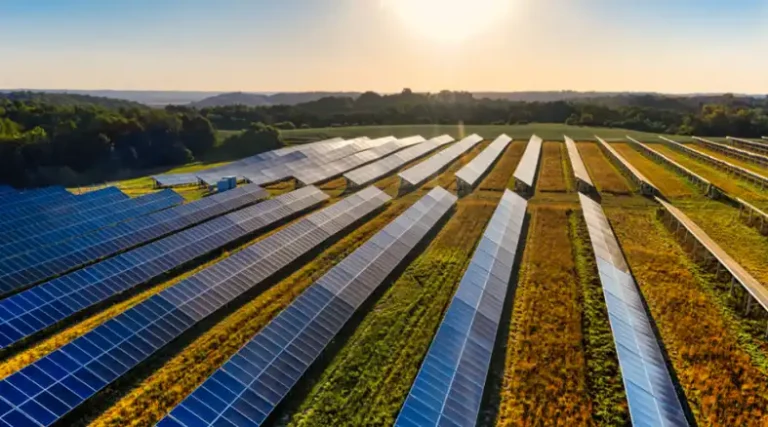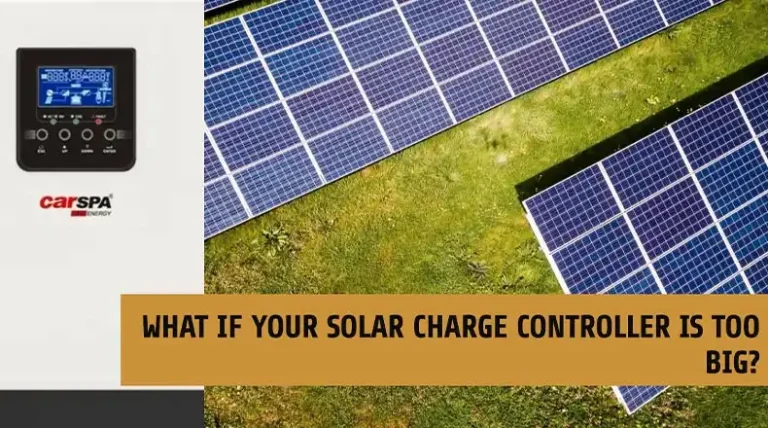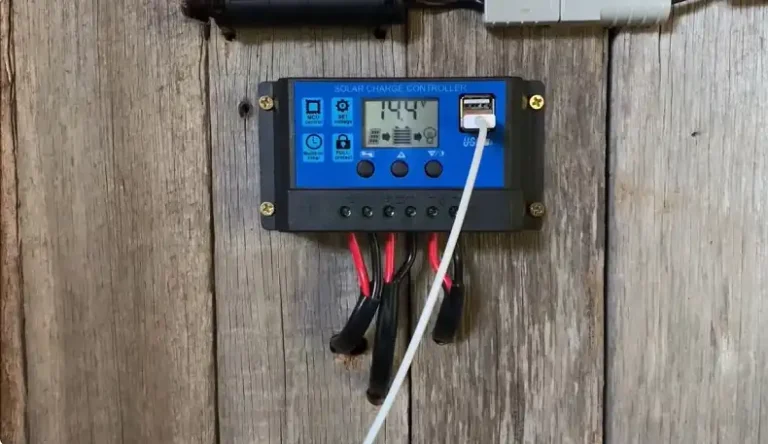Solar Charge Controller Zamp ZS-30A Troubleshooting (How to Fix)
Experiencing power issues along with your Zamp ZS-30A solar charge controller? Fear not, for we have the particular answers you look for! In this comprehensive troubleshooting guide, we’ll address common issues with the ZS-30A model and give solutions to reestablish its full potential.
This article will direct you through recognizing connection errors, show peculiarities, charging inefficiencies, and other potential breakdowns. Upgrade your knowledge and recapture the ideal performance of your solar power system with our step-by-step troubleshooting instructions. Let’s enlighten the arrangements together!
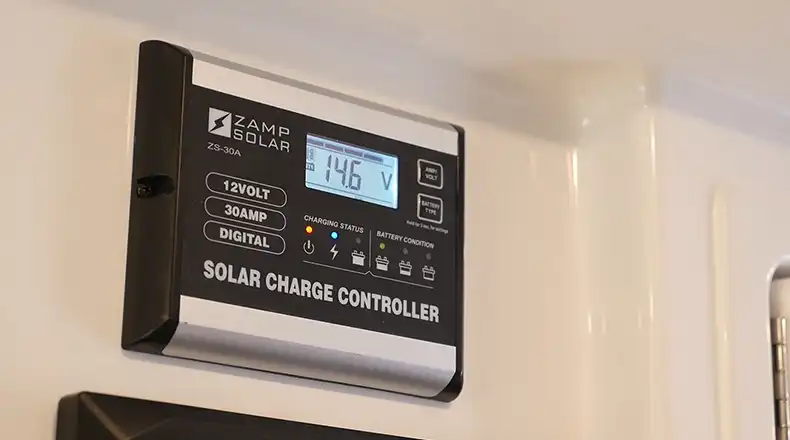
Step-by-Step Troubleshoot Guide for the Zamp ZS-30A Solar Charge Controller
The Zamp ZS-30A Solar Charge Controller could be a pivotal component in solar control frameworks, guaranteeing productive battery charging and protecting batteries from overcharging or discharging.

Image 1: Zamp ZS-30A Solar Charge Controller
In any case, like all electronic gadgets, it may experience issues from time to time. This step-by-step investigating direct points to assist clients distinguish and resolve common issues with the Zamp ZS-30A Solar Charge Controller.
Step 1: Check Connections and Wiring
The primary step is to examine all connections and wiring related to the charge controller. Guarantee that the solar panels, batteries, and load associations are secure and free from any obvious harm. Free or corroded connections can lead to wasteful aspects and glitches within the charge controller’s execution.
Step 2: Verify Solar Panel Voltage
Utilize a multimeter to measure the voltage output of the solar panels. The voltage should coordinate the determinations given by the producer. In case the voltage is essentially lower or higher than anticipated, it may show an issue with the solar panels themselves or their wiring.
Step 3: Check Battery Voltage
Using a multimeter, determine the voltage of the battery. The battery voltage should be properly controlled by the charge controller. A defective charge controller that is not charging the battery properly may be the cause of a battery voltage that is below normal levels.
Step 4: Inspect the LCD Display
Typically, the Zamp ZS-30A Solar Charge Controller comes with an LCD display that provides crucial status information for the system. Look for any problem messages or strange readings on the display. Gibberish or a blank screen on the display could indicate a problem with the power source or display module.
Step 5: Verify Load Output
Verify that the charge controller’s load output is operating as planned. To test whether a load (such as a light bulb) is receiving electricity when it should, connect a load to the load terminals. If the load output is malfunctioning, there may be an issue with the load terminals or internal circuitry of the charge controller.
Step 6: Assess Temperature Conditions
Extreme temperatures can influence the execution of electronic gadgets. Confirm that the charge controller is working inside its indicated temperature range. If it’s uncovered to extreme heat or cold, consider moving it to a more reasonable environment or actualizing additional ventilation.
Step 7: Check for Overheating
To determine whether the charge controller is overheated, touch it. An overloaded system or internal problems may be indicated by extreme heat. Before continuing with troubleshooting, unplug the charge controller from the power source if it feels too hot to touch.
Step 8: Review System Configuration
Make sure that the voltage and current of the solar panel array comply with the requirements of the Zamp ZS-30A. Using incompatible parts can cause the charge controller to behave erratically and even sustain harm.
Step 9: Update Firmware (if applicable)
If the charge controller bolsters firmware upgrades, check the manufacturer’s site for any accessible updates. Updated firmware may fix known problems and enhance the charge controller’s overall functionality and stability.
Step 10: Consult the User Manual and Manufacturer
Refer to the user manual for the Zamp ZS-30A Solar Charge Controller for detailed troubleshooting instructions if the previously mentioned troubleshooting methods do not address the problem. Consider contacting the manufacturer’s customer service department as well for more help and potential warranty claims.
FAQs – Frequently Asked Questions and Answers
Why Is the Red-Light Blinking on My Zamp Solar Charge Controller?
The blinking red light on your Zamp solar charge controller demonstrates an fault or error, conceivably due to low battery voltage, overheating, overload, overheating, short circuit, or communication error.
How Do You Reset a Zamp Solar Controller?
To reset a Zamp solar controller, find the reset button or follow the manufacturer’s instructions within the user manual. Ordinarily, pressing and holding the reset button for a few seconds will start the reset process.
Conclusion
In conclusion, effectively troubleshoot the Zamp ZS-30A solar charge controller using the step-by-step guide and FAQs. Prioritize safety, seek professional help if needed, and maintain your controller to ensure optimal performance and long-lasting efficiency for your solar power system. Embrace clean energy and contribute to a sustainable future.

